Faucet Repair & Installation in st Petersburg & Pinellas County
Faucets are essential fixtures in any home or commercial building, providing access to clean water for various activities such as washing dishes, hands, and food preparation. Over time, faucets may develop leaks, drips, or other issues that require repair or replacement. As a reputable plumbing service provider in the St Pete & Pinellas area, St Pete Plumbing understands the importance of proper faucet repair and installation. In this comprehensive guide, we will explore the intricacies of faucet repair and installation, covering common problems, troubleshooting techniques, repair procedures, and installation tips to help homeowners and property managers maintain functional and efficient faucets.Understanding Faucet Components:
Before delving into faucet repair and installation, it’s essential to understand the key components of a typical faucet:- Spout: The spout is the part of the faucet that extends over the sink or countertop and delivers water into the sink basin.
- Handles: Faucets may have one or two handles for controlling the flow and temperature of water. Single-handle faucets typically have a lever or knob that rotates to adjust water flow and temperature, while double-handle faucets have separate handles for hot and cold water.
- Cartridge/Valve: The cartridge or valve is the internal mechanism that controls the flow of water within the faucet. It may consist of ceramic discs, rubber washers, or other sealing components that open and close to regulate water flow.
- Aerator: The aerator is a small attachment at the tip of the faucet spout that mixes air with water to reduce splashing and conserve water. It may also contain a screen to filter out debris and sediment from the water.
Common Faucet Problems:
Faucets are susceptible to various issues over time, ranging from minor leaks and drips to more serious malfunctions. Some common faucet problems include:- Leaks and Drips: Leaky faucets can waste significant amounts of water and lead to higher utility bills. Drips may occur from worn-out washers, O-rings, or other internal components.
- Low Water Pressure: Reduced water pressure can be caused by mineral buildup or debris clogging the faucet aerator or internal components.
- Spout Malfunction: Issues with the spout, such as difficulty swiveling or improper alignment, may be due to worn-out bearings, seals, or gaskets.
- Handle Problems: Loose or stiff handles, difficulty turning handles, or handles that require excessive force to operate may indicate internal cartridge or valve issues.
- Noisy Faucets: Banging, rattling, or squeaking noises when using the faucet may be caused by loose components, worn-out washers, or water hammer.
Troubleshooting Faucet Problems:
When faced with faucet issues, homeowners can perform some basic troubleshooting steps to identify and address the problem:- Inspect for Visible Leaks: Check for visible leaks or drips around the base of the faucet, handles, and spout. Tighten any loose connections or fittings and replace worn-out washers or O-rings if necessary.
- Clean the Aerator: Remove the aerator from the faucet spout and clean it thoroughly to remove any debris or sediment buildup. Soak the aerator in vinegar or a descaling solution to dissolve mineral deposits.
- Check Water Supply Valves: Ensure that the water supply valves under the sink are fully open and not obstructed. Turn the valves clockwise to shut off the water supply before performing any repairs or maintenance.
- Inspect Internal Components: Disassemble the faucet handles and spout to access the internal cartridge or valve. Inspect the components for signs of wear, corrosion, or damage. Replace any worn-out or damaged parts with new ones.
- Flush the Lines: Flush the water lines by running cold and hot water through the faucet for several minutes to remove any debris or sediment buildup. This can help improve water pressure and restore proper faucet operation.
Faucet Repair Procedures:
For more complex affordable Faucet Repair, homeowners may need to disassemble the faucet and replace internal components. Here’s a step-by-step guide to common faucet repairs:- Turn Off Water Supply: Shut off the water supply to the faucet by closing the water supply valves located under the sink or at the main water shutoff valve.
- Remove Faucet Handles: Use a screwdriver or Allen wrench to remove the handles by loosening the set screws or retaining nuts. Pull the handles straight off the faucet stems to expose the internal components.
- Inspect Cartridge or Valve: Examine the cartridge or valve for signs of wear, corrosion, or damage. Depending on the type of faucet, you may need to unscrew or twist the cartridge to remove it from the faucet body.
- Replace Washers or O-Rings: If the faucet is leaking or dripping, inspect the washers, O-rings, and seals for damage or deterioration. Replace any worn-out or damaged components with new ones of the same size and type.
- Clean Internal Components: Use a soft brush or cloth to clean the inside of the faucet body and remove any debris or sediment buildup. Flush the faucet body with water to remove any remaining debris.
- Reassemble Faucet: Reassemble the faucet by reinstalling the cartridge or valve, handles, and any other removed components. Tighten the set screws or retaining nuts securely to prevent leaks or wobbling.
- Turn On Water Supply: Turn the water supply valves back on and slowly open the faucet handles to allow water to flow through the faucet. Check for leaks or drips and make any necessary adjustments.
Best Faucet Installation in St. Petersburg Tips:
Installing a new faucet can be a straightforward task with the right tools and techniques. Here are some tips for a successful faucet installation:- Choose the Right Faucet: Select a faucet that matches the style and configuration of your sink or countertop. Consider factors such as spout height, handle type, and finish to complement your existing decor.
- Gather Tools and Supplies: Before starting the installation, gather all necessary tools and supplies, including a wrench, screwdriver, plumber’s tape, and silicone sealant.
- Prepare the Sink Area: Clear the sink area of any clutter or obstacles and ensure that the countertop or sink surface is clean and dry. Place a towel or mat in the sink to protect it from scratches or damage during installation.
- Follow Manufacturer Instructions: Read and follow the manufacturer’s installation instructions carefully to ensure proper assembly and installation of the faucet. Pay attention to any specific guidelines or recommendations for your particular faucet model.
- Use Plumber’s Tape: Apply plumber’s tape (Teflon tape) to the threads of the faucet stems or supply line connections to create a watertight seal. Wrap the tape around the threads several times in a clockwise direction before screwing on the connections.
- Secure Faucet Connections: Tighten the faucet connections securely using a wrench or adjustable pliers, taking care not to over-tighten and damage the threads or fittings.
- Apply Silicone Sealant: Apply a thin bead of silicone sealant around the base of the faucet where it meets the sink or countertop. This helps prevent water from seeping under the faucet and causing leaks.
Faucet repair and installation St. Petersburg & Pinellas, FL are essential skills for homeowners and property managers to ensure the functionality and efficiency of plumbing fixtures. By understanding the components of faucets, troubleshooting common problems, and following proper repair and installation procedures, individuals can maintain their faucets in good working condition and avoid costly repairs or replacements. St Pete Plumbing is dedicated to providing expert guidance and services for faucet repair and installation, helping homeowners and businesses in the St Pete area maintain reliable plumbing systems. With the right knowledge and techniques, anyone can master the art of faucet repair and installation St. Petersburg, FL and enjoy the convenience of clean, running water in their home or commercial space.







Leave a comment